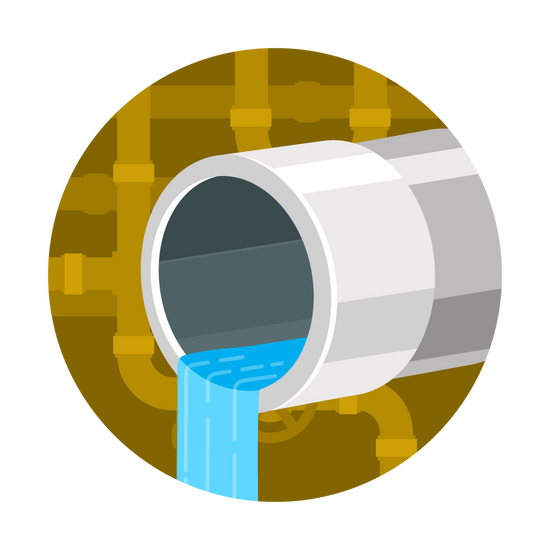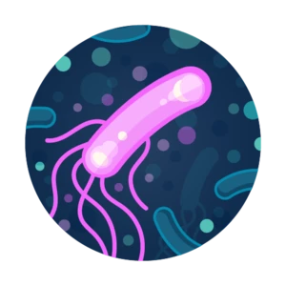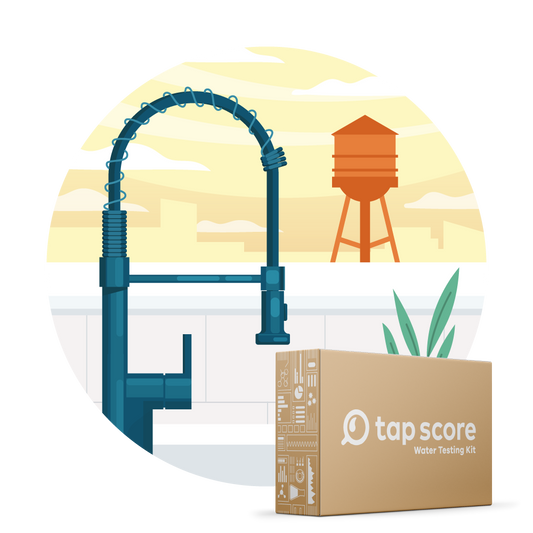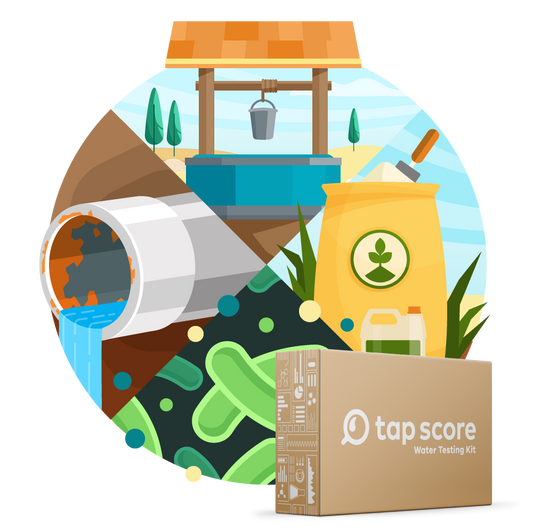
Health & Wellness

Health & Wellness Articles

Ultimate Guide: Tap Water Effects on Hair and Skin
From dry skin and itchy scalp to eczema, dandruff, and hair loss, learn how your water quality impacts the quality of your hair and skin

Radon Gas in Air and Water
Radon gas affects 1 in 15 homes across the US. Read on to understand what radon is, why it is dangerous, and how you can protect yourself and your household.

What Happens to Stagnant Water in a Vacant Building?
From temporary shutdowns like those related to COVID-19 to seasonal occupancy, long periods of reduced water use can lead to a variety of potential hazards when turning the tap back...

Why Is Water Quality Important in Baking?
How and why does tap water impacts the quality, texture, and flavor of bread and other baked goods?

Seasonal Allergies and Drinking Water
There are many allergy-management options on the market, but one easy and surprising way to manage allergic reaction severity can be found at your tap. In our new guide to...

How the Exposome Impacts Your Health
We are exposed to harmful substances each day. As our environment changes and we spend more time indoors, our health risks change as well. Learn all about your indoor exposures—from...

Risks of Distilled Water
Find out why we recommend you steer clear of distilled water.

Heavy Metals And Bioaccumulation: What You Need to Know
Heavy metals are natural elements that—in high doses—are poisonous to humans. What are heavy metals, and what does it mean for them to bioaccumulate? Why is heavy metals bioaccumulation dangerous...









